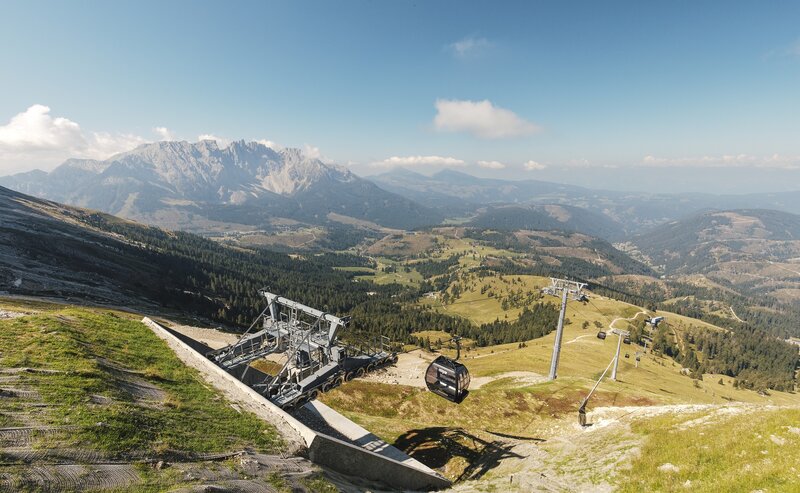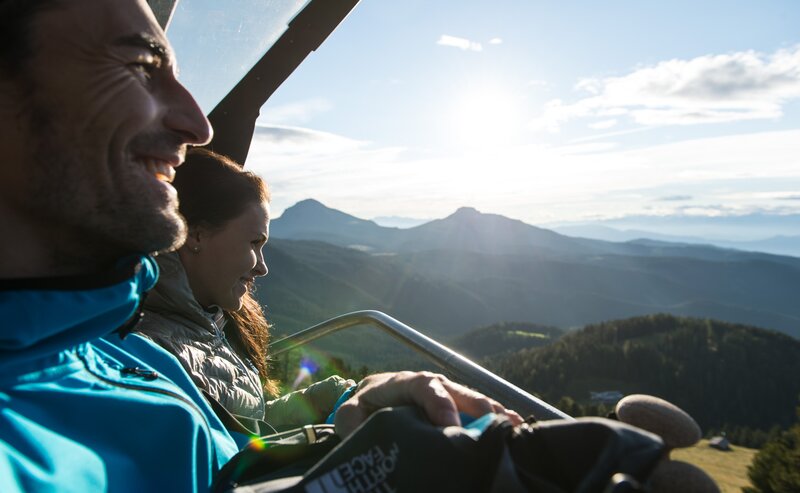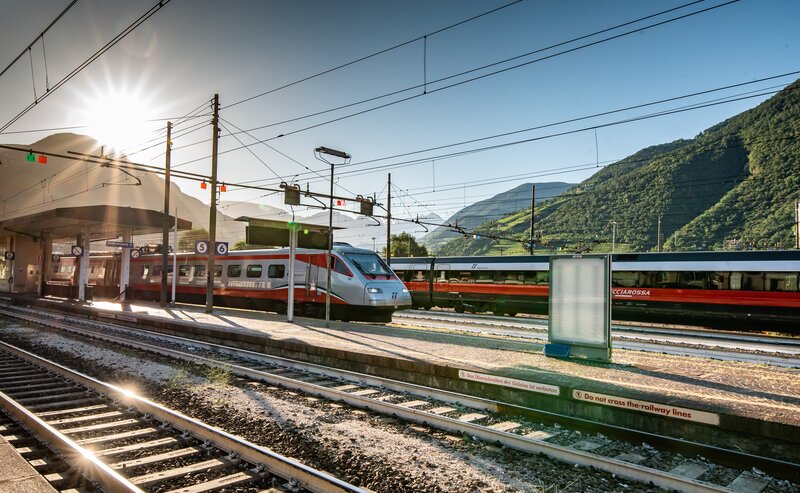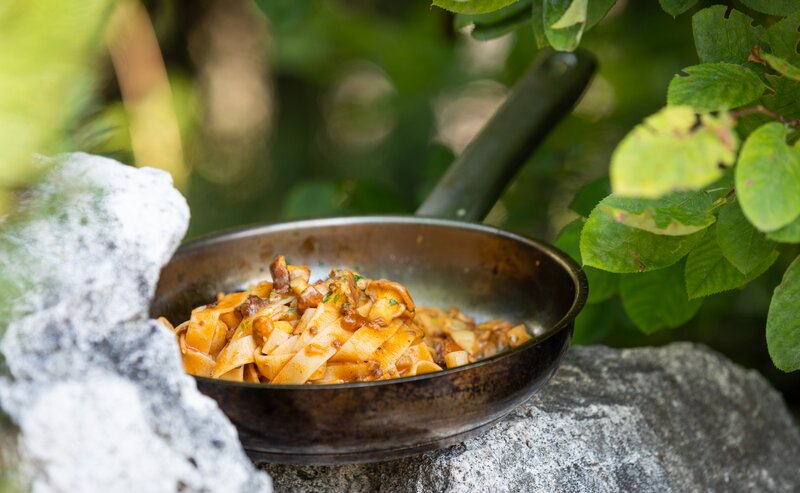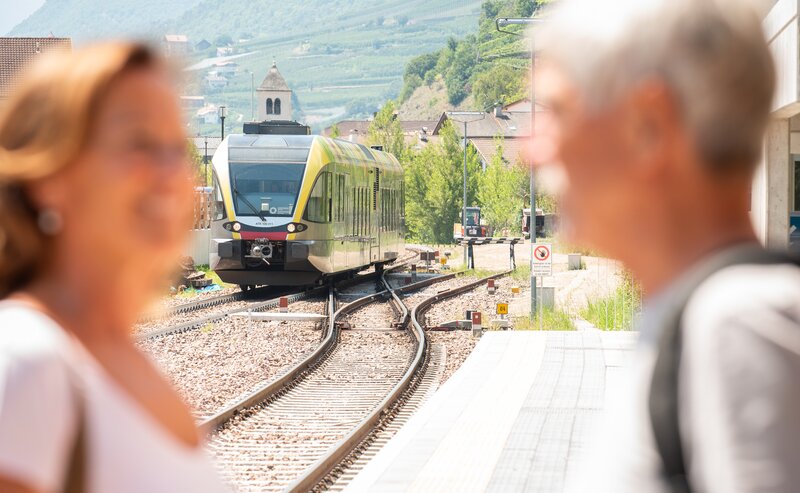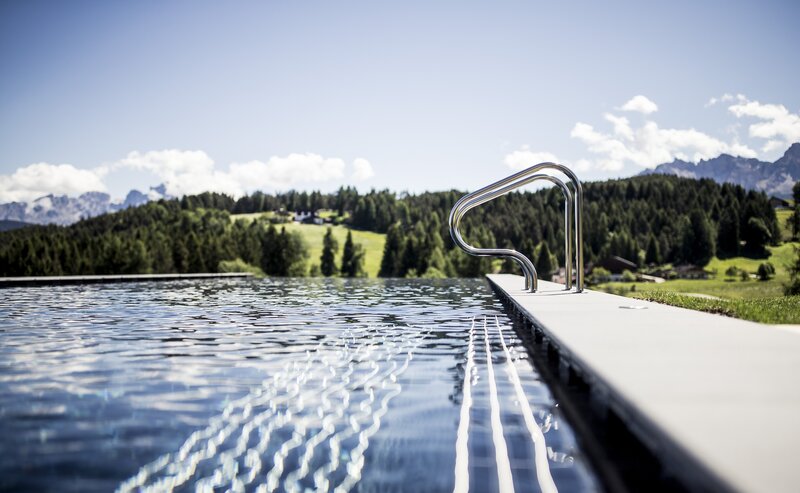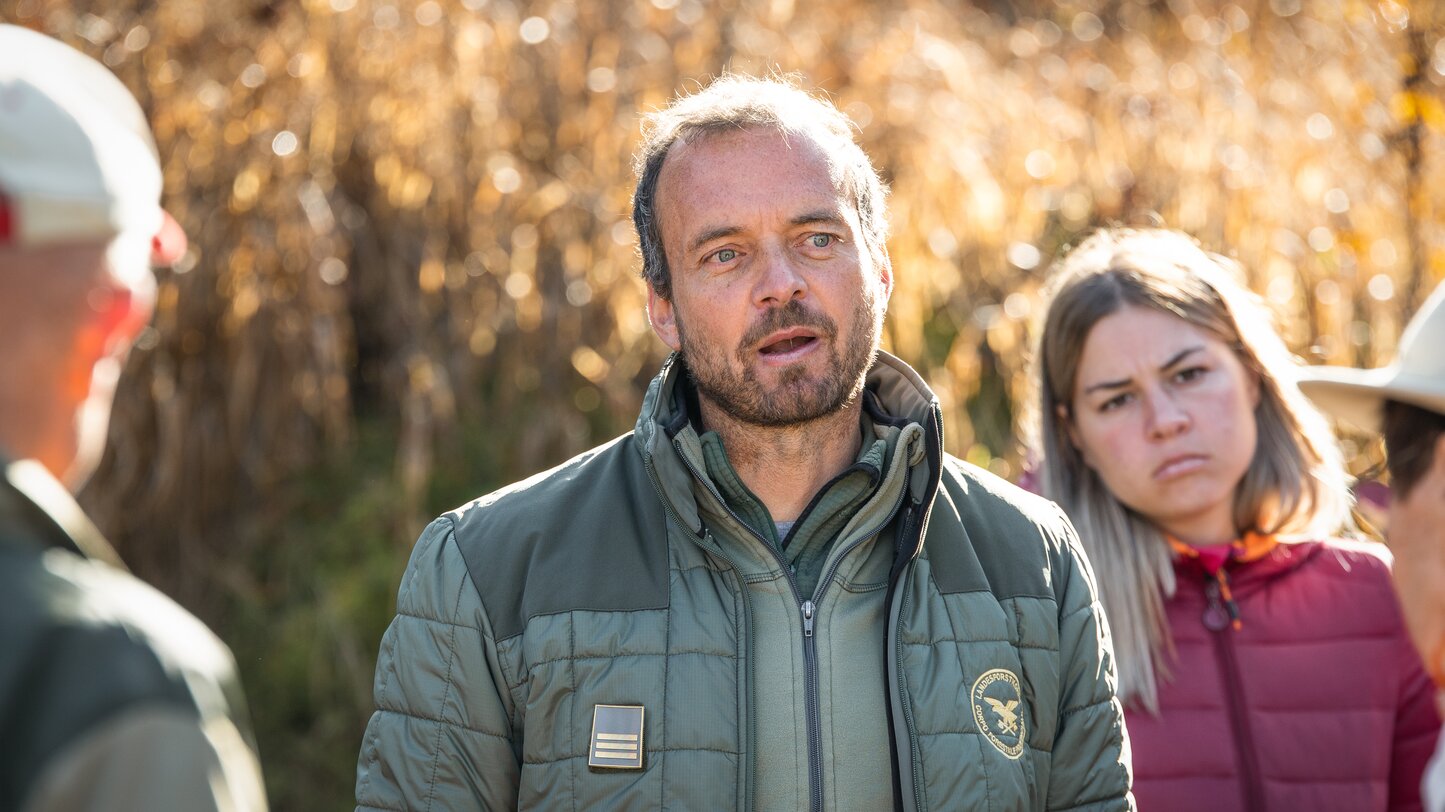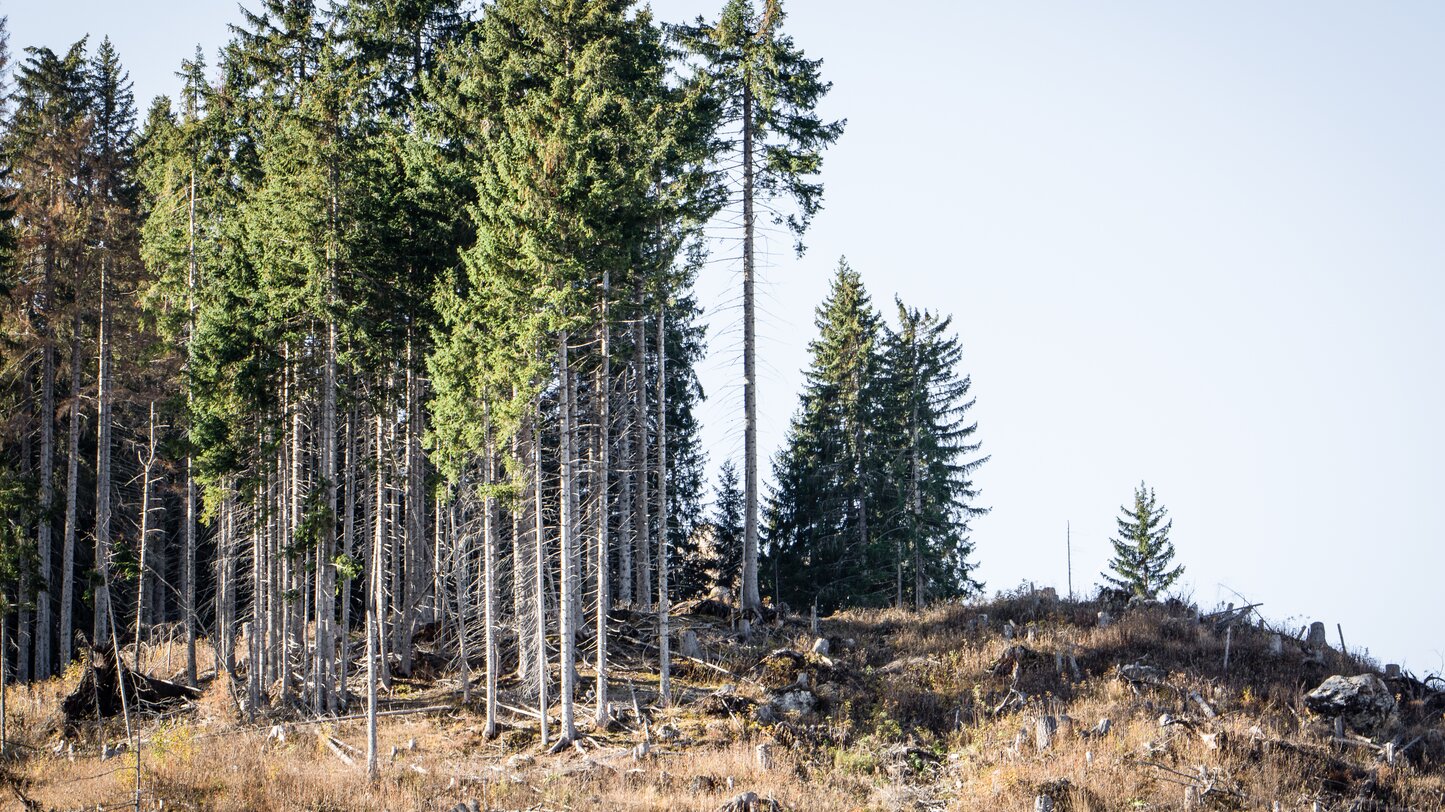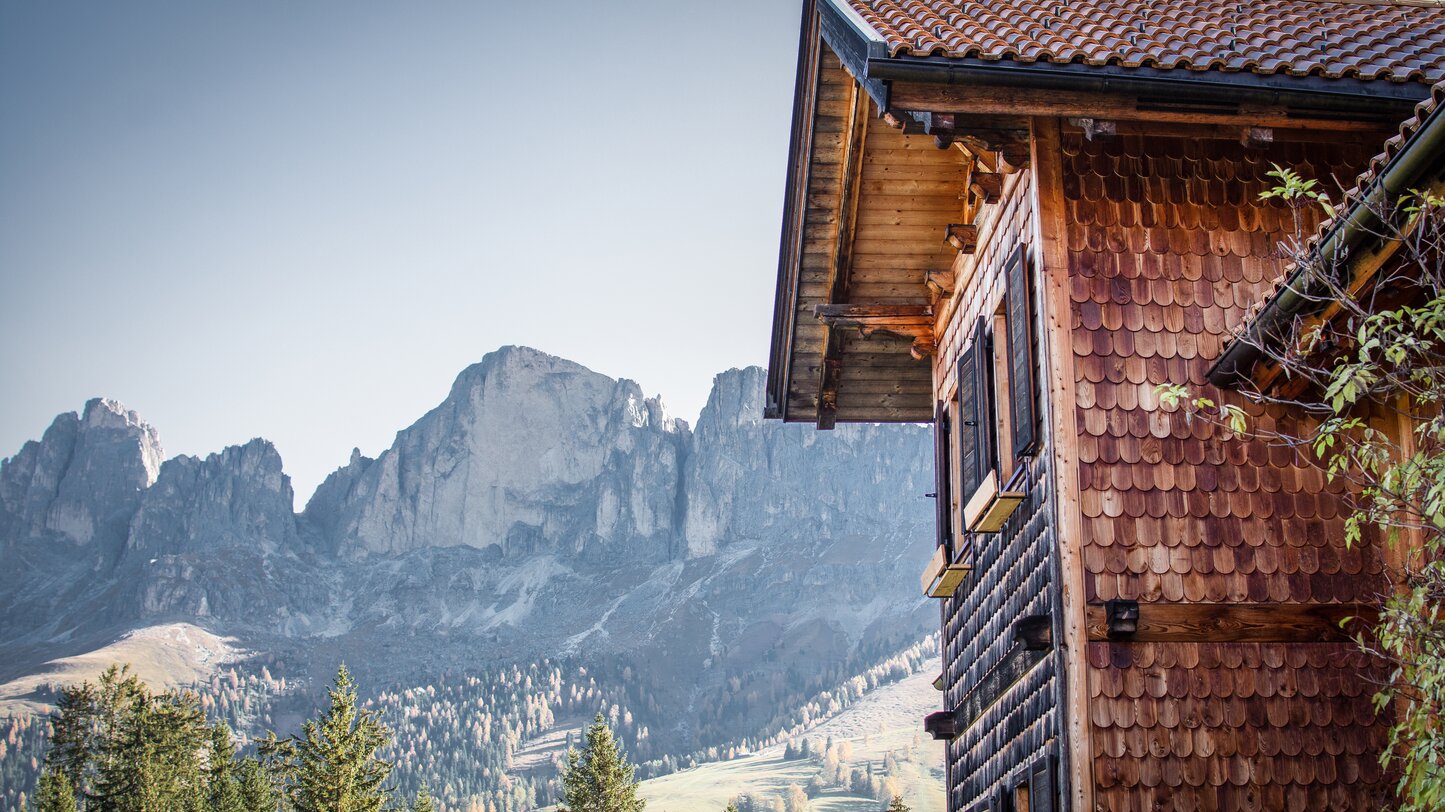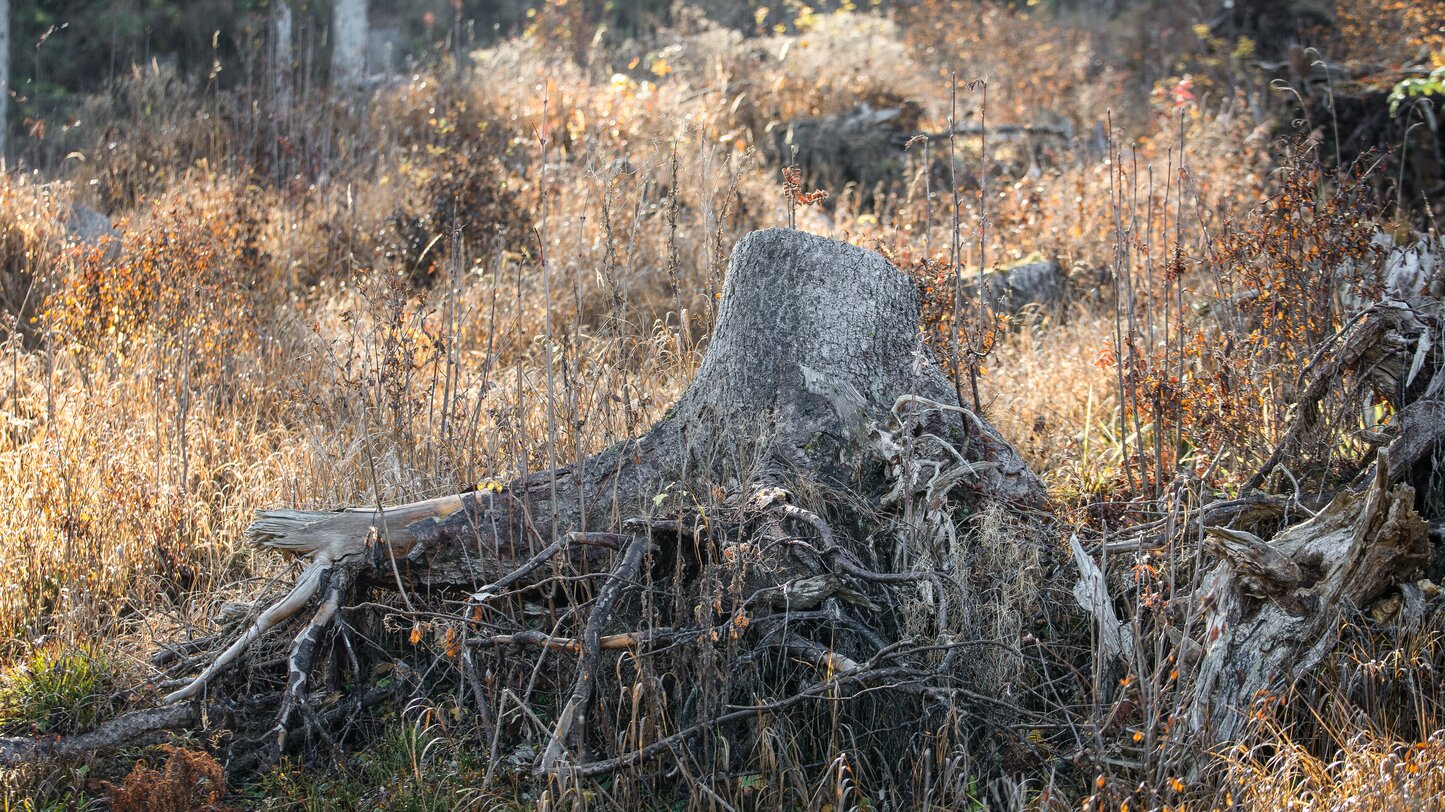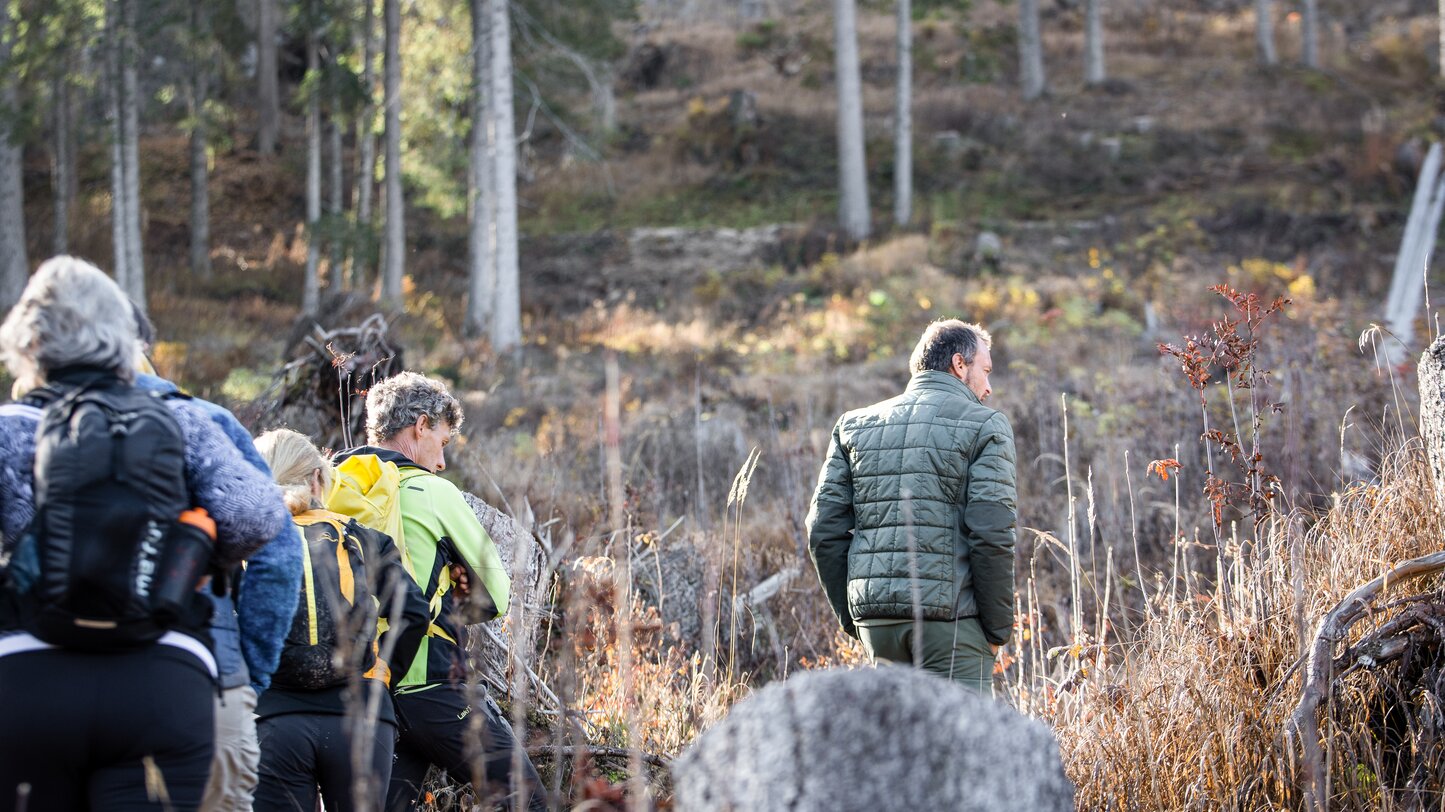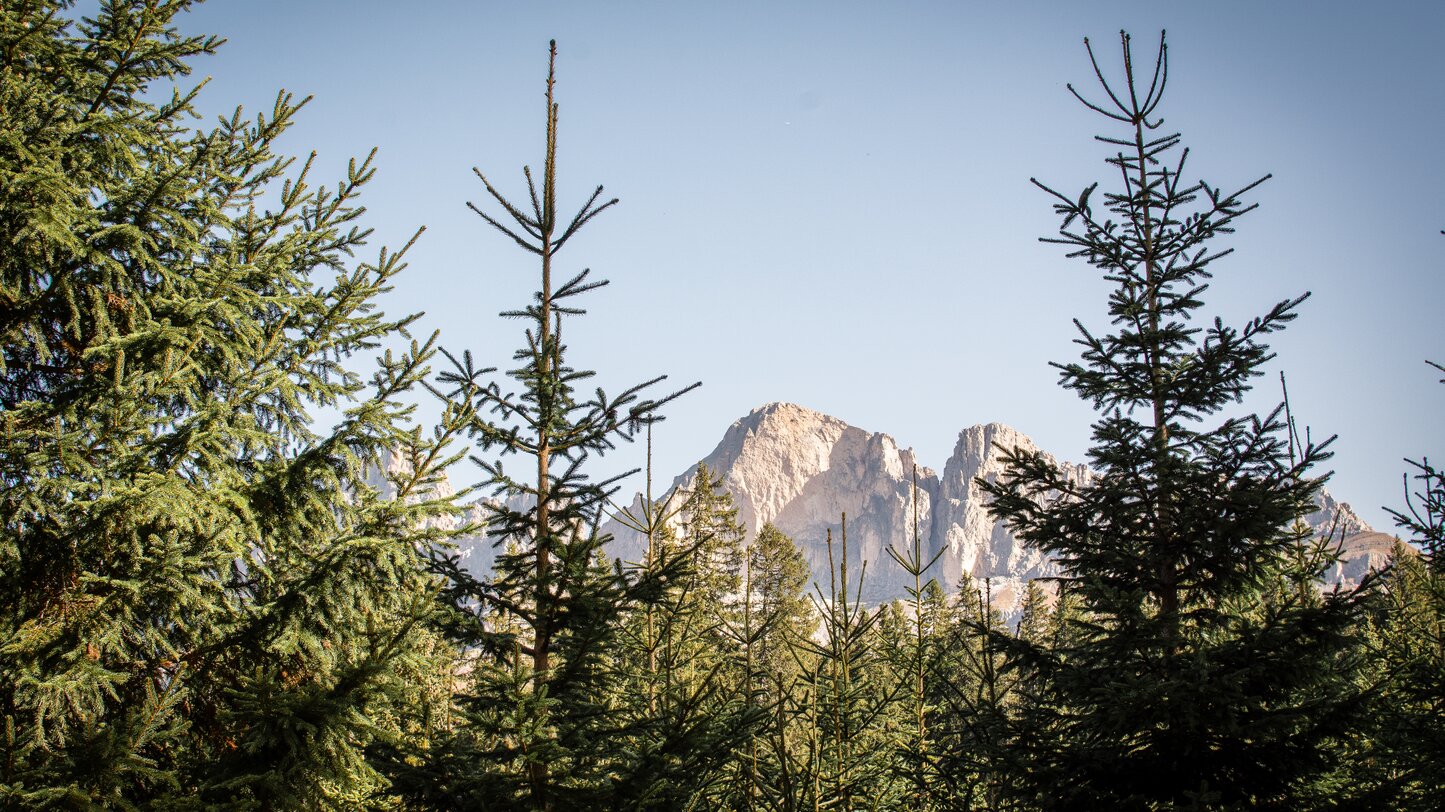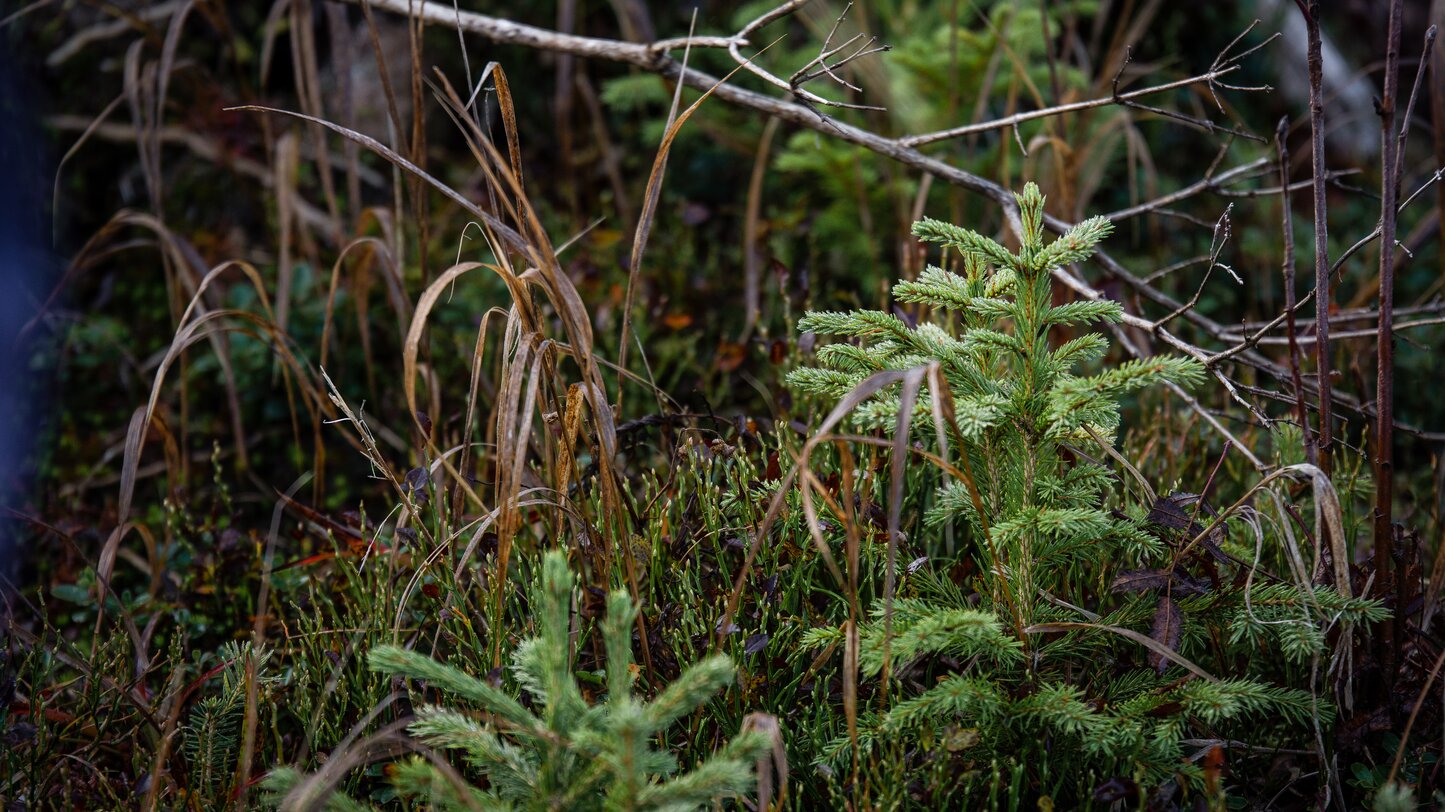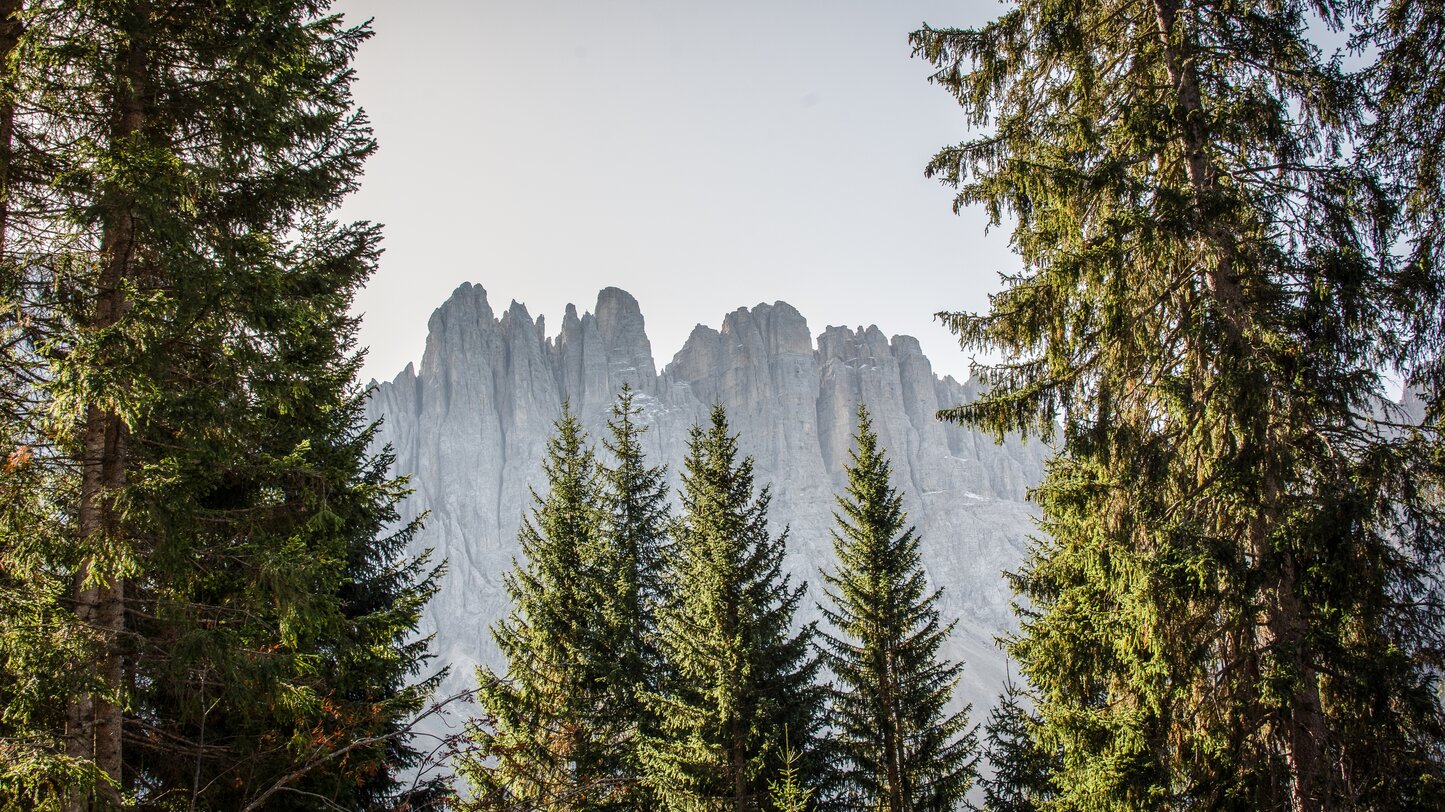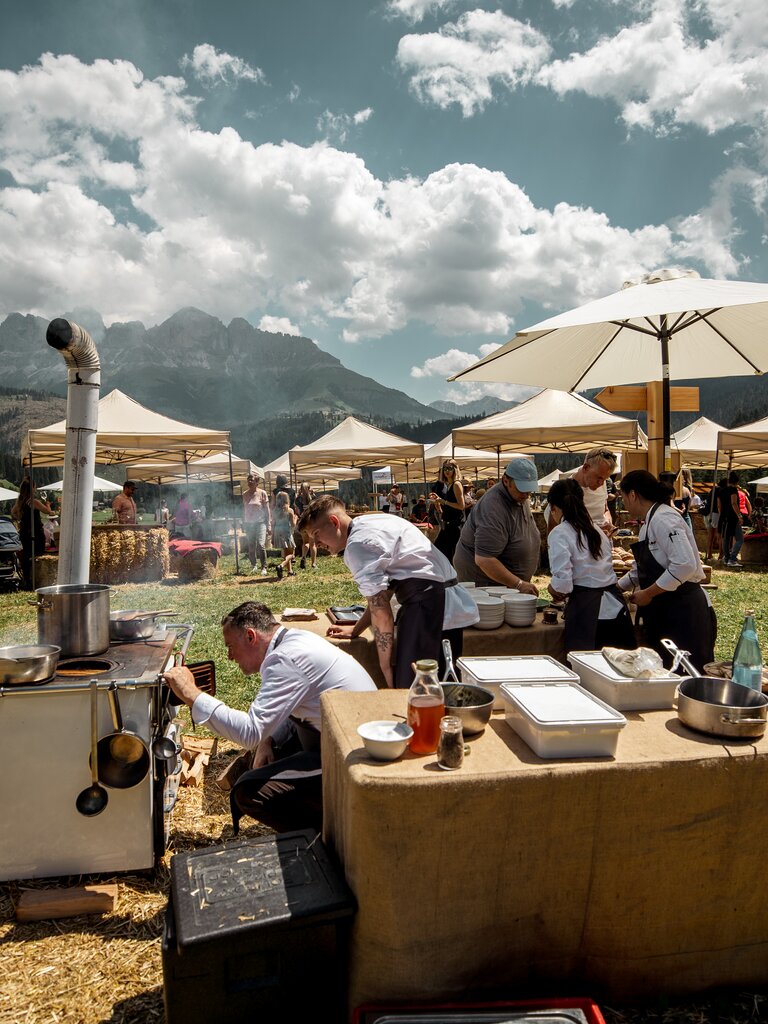Vaia's tracks - 4 years after the storm
During a hike on Tuesday, 18 October, Bernd Pardeller, head of the Latemar forestry supervisory office, explained the effects and consequences of storm Vaia for the local forests.
In 2018, about 1,000 hectares of Eggental forest, i.e. 1,300 football fields, fell victim to storm Vaia. Bernd Pardeller showed the participants on site what stormy weather, the snow pressure in the following two winters as well as the dry and hot summers of the last years mean for our nature.
The bark beetle in the Eggental valley
An animal problem
After Vaia, most of the deadwood in the Eggental valley was quickly removed from the forest, so that the bark beetle had little surface to attack. The heavy and early snowfalls of the two following winters led to many trees in the forest falling or being damaged. The recovery of these trees was often difficult and costly, so many logs remained in the forest.
In addition, the last summers were unusually dry and hot and our native, shallow-rooted spruces were weakened. So the situation developed to the advantage of the bark beetle.
The insect is about 5 mm small and can be transported from one tree to another by means of thermals. In doing so, it is attracted by the scents of the weakened trees. The beetle reproduces rapidly, as one male mates with about 4 - 5 females and about 80 larvae develop per brood.
In the forest ecosystem, the bark beetle has the task of converting damaged wood into humus. A healthy tree has a natural defence mechanism against the beetle, because as soon as the beetle bores a hole in the bark, it is encased in resin and killed. If the beetles outnumber the trees, the resin flow can no longer fight it, the beetle spreads and the tree can no longer supply itself with nutrients and slowly dies.
Due to the ideal conditions for the beetle, two generations of beetles developed in our forest this summer.
During the cold season, the insects hibernate in the trees at higher altitudes and in the ground at lower altitudes. Therefore, it makes sense to remove infested trees from the forest now.
Reforestation or natural forest regeneration?
Looking to the future
When reforesting, each area and each forest must be considered individually. If the forest has a protective function, reforestation makes sense. If this is not the case, the forest regulates itself completely without human help. In recent years, biodiversity has even increased in the areas affected by Vaia and pioneer plants such as raspberries and rowan berries have spread. Just four years after Vaia, there are, for example, a large number of small spruce trees in the Latemar Forest that have reached almost knee height and are thriving magnificently.
Over time, a new forest forms in a completely natural way.
